Nutrient Expert
Nutrient Expert® is based on the Principles of Site-specific Nutrient Management
Nutrient Expert® (NE) is a nutrient decision support software that uses the principles of site-specific nutrient management (SSNM)1,2 and enables farm advisors to develop fertilizer recommendations tailored to a specific field or growing environment. NE takes into account the most important factors affecting nutrient management recommendations and uses a systematic approach of capturing information, which is important for developing a location-specific recommendation. Yet, NE does not require a lot of data or very detailed information, as is the case with many sophisticated nutrient decision support tools, which could overwhelm the user. As a computer-based decision support tool, NE combines all the steps and guidelines in SSNM into a simple software tailored for farm advisors, especially the not-so-technical users such as extension agents and industry agronomists in developing countries. In such countries, many farm advisors from both public and private sector do not have the data and facilities needed to run sophisticated models. Nutrient Expert® allows users to draw required information from their own experience, farmers’ knowledge of the local region and farmers’ practices. NE can use experimental data but it can also estimate the required SSNM parameters using existing site information. The parameters needed in SSNM are usually measured in nutrient omission trials conducted in farmers’ fields, which require at least one crop season. With NE, parameters can be estimated using proxy information, which allows farm advisors to develop fertilizer guidelines for a location without data from field trials.
The algorithm for calculating fertilizer requirements in NE is determined from a set of on-farm trial data using SSNM guidelines. In SSNM, the N, P, and K requirements are based on the relationships between balanced uptake of nutrients at harvest and grain yield3,4,5. This relationship is called internal nutrient efficiency and is predicted using the quantitative evaluation of the fertility of tropical soils (QUEFTS) model6. The fertilizer requirement for a field or location is estimated from the expected yield response to each fertilizer nutrient, which is the difference between attainable yield and nutrient-limited yield. Nutrient-limited yield is determined from nutrient omission trials in farmers’ fields, i.e., when a nutrient of interest is omitted while all other nutrients are supplied in ample amounts. Attainable yield at a location is the yield obtained in a typical year using best management practices without any deficiency of nutrients. The amount of nutrients taken up by a crop is directly related to its yield so that the attainable yield indicates the total nutrient requirement and nutrient-limited yield indicates the indigenous nutrient supply7. The yield response indicates a nutrient deficit, which must be supplied by fertilizers. Nutrient Expert® also follows SSNM guidelines for fertilizer application and split dressings, which consider the nutrient demand of a crop at critical growth stages2.
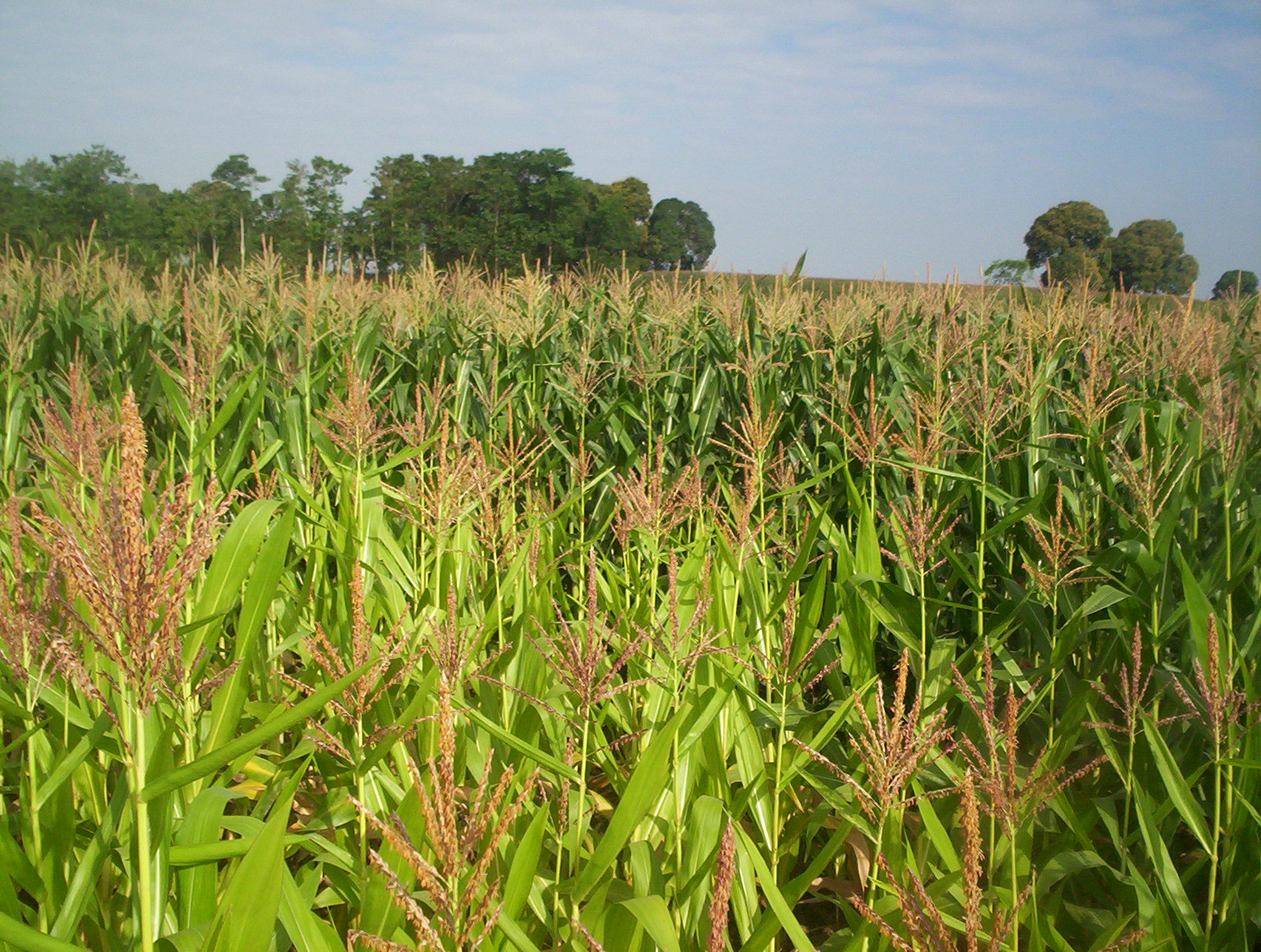 |
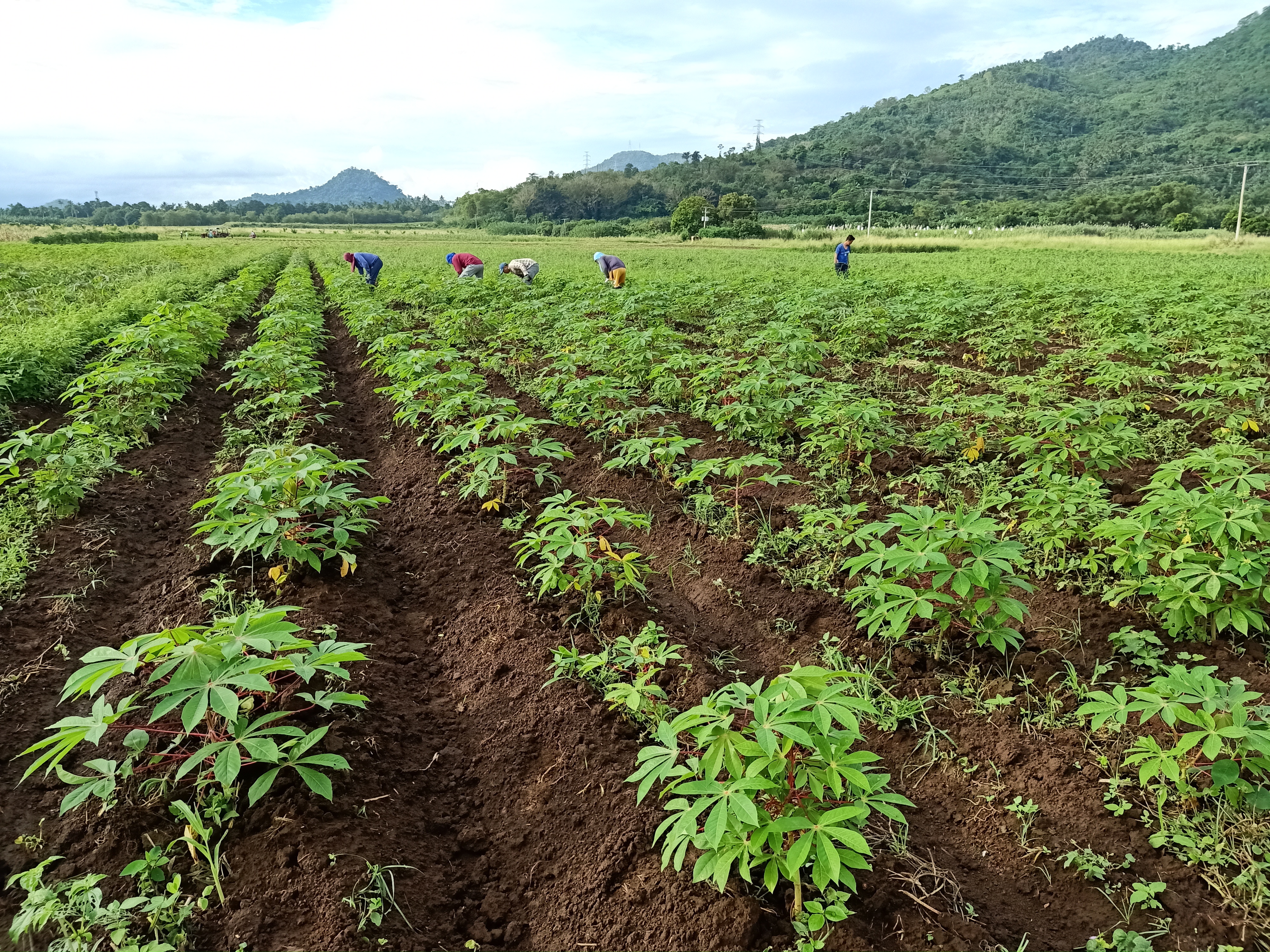 |
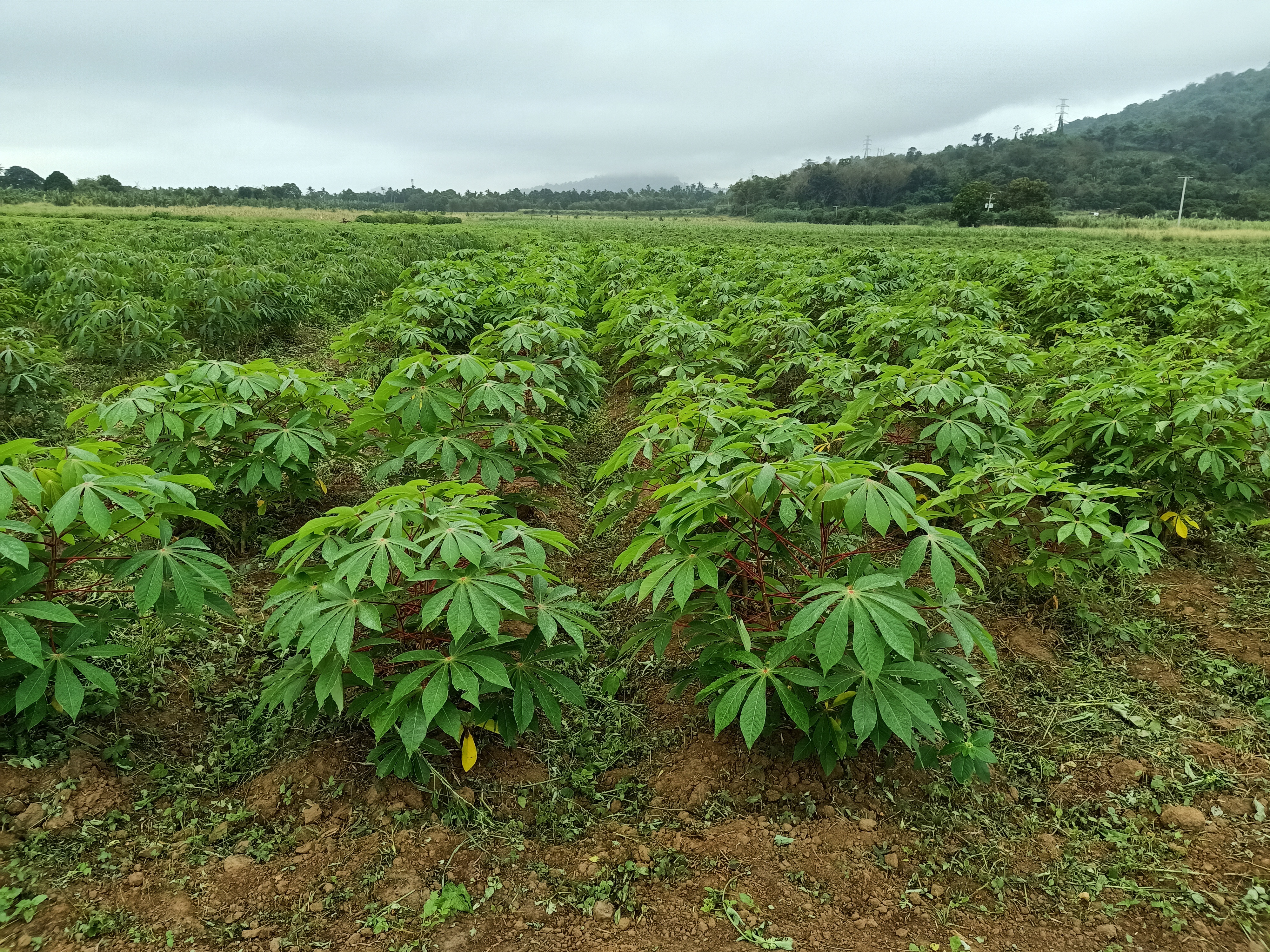 |
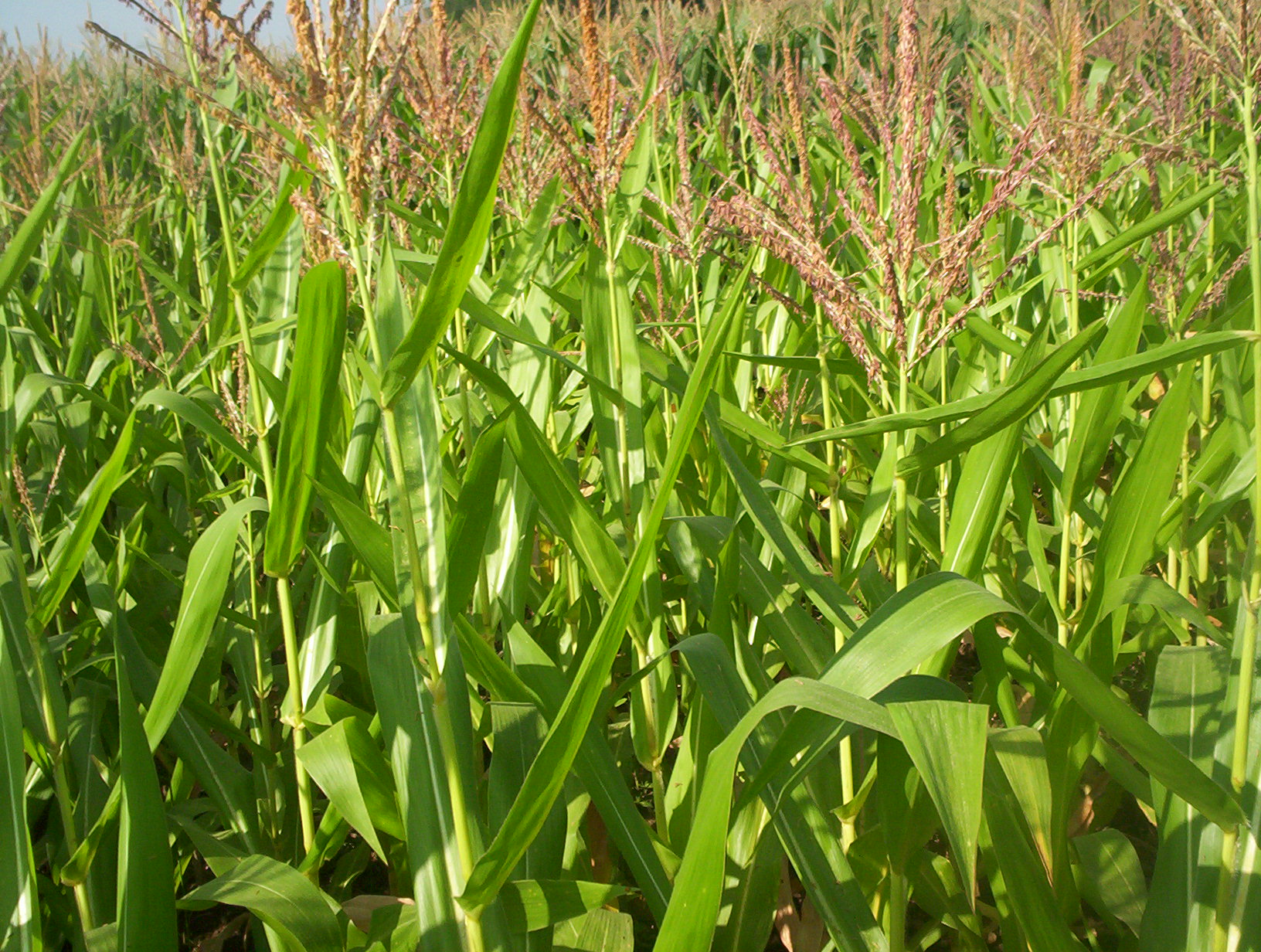 |
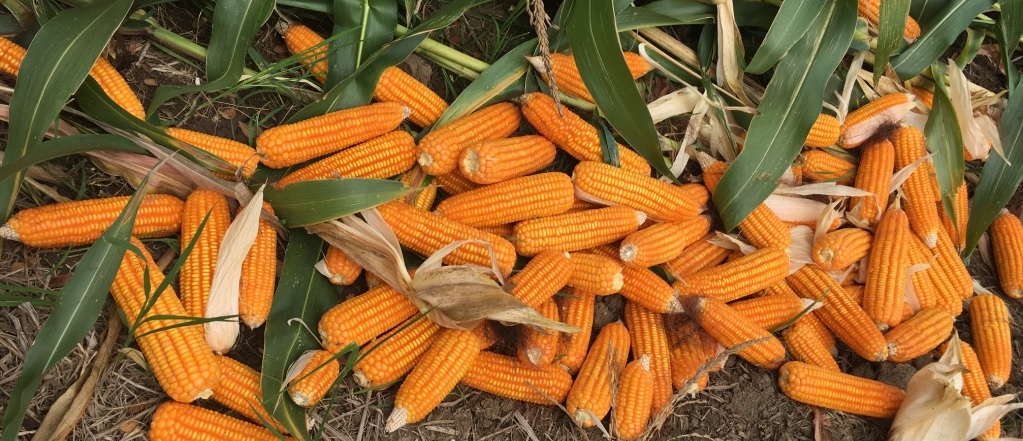 |
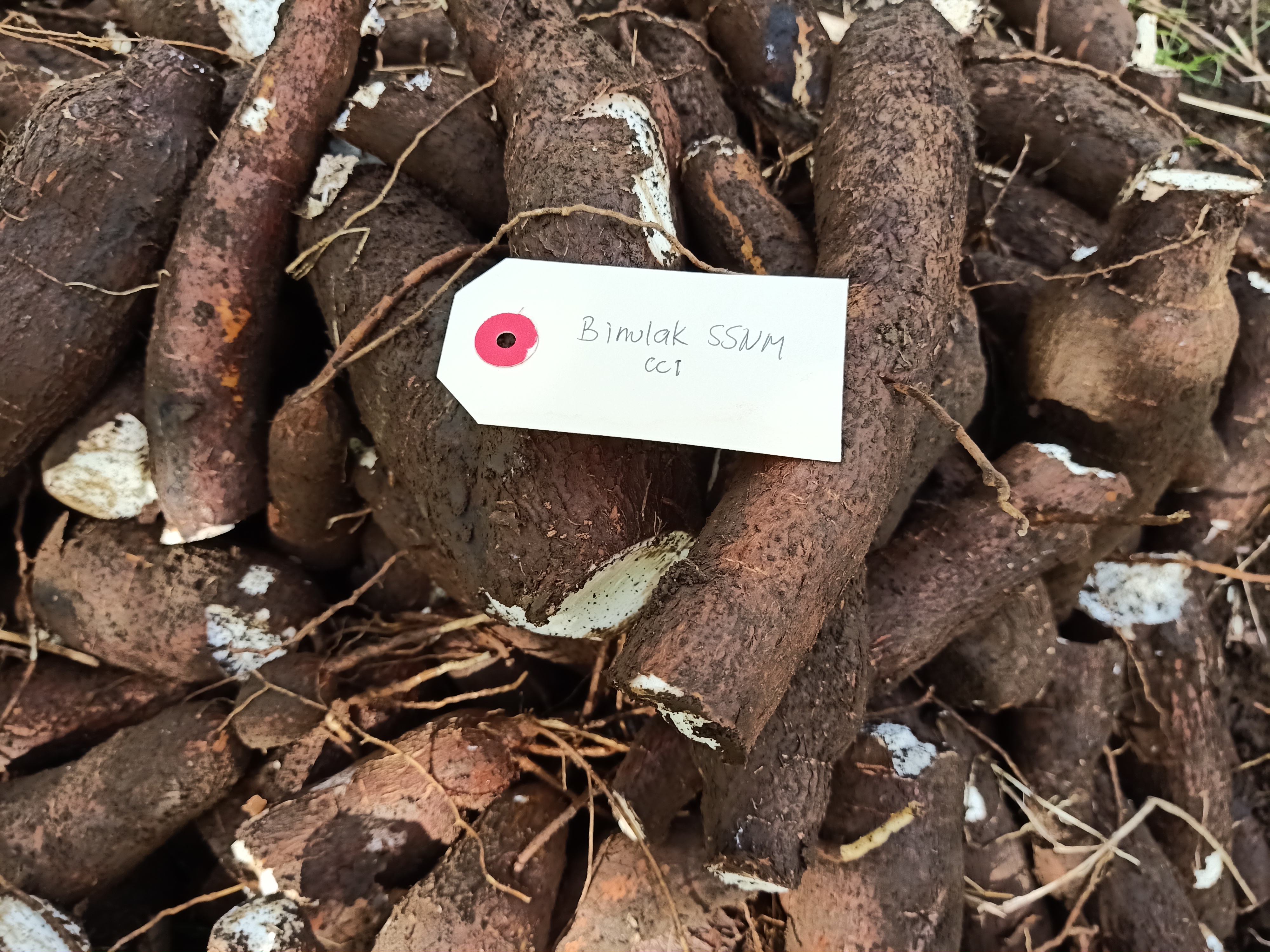 |
Decision Rules to Estimate Site-specific Nutrient Management Parameters
Nutrient Expert® estimates the attainable yield and yield response to fertilizer from site information using decision rules developed from on-farm trials. Specifically, NE uses characteristics of the growing environment: water availability (irrigated, fully rainfed and rainfed with supplemental irrigation) and any occurrence of flooding or drought; soil fertility indicators: soil texture, soil color and organic matter content, soil test for P or K (if available), historical use of organic materials (if any) and problem soils (if any); crop sequence in farmer’s cropping pattern; crop residue management and fertilizer inputs for the previous crop; and farmers’ current yields. Data for specific crops and geographies are required in developing the decision rules for NE. The datasets must represent diverse conditions in the growing environment characterized by variations in amount and distribution of rainfall, crop cultivars and growth durations, soils and cropping systems.
Nutrient Expert® Development… A Collaborative Process
Nutrient Expert® has been and is being developed through collaboration with target users and local stakeholders. Collaboration through a participatory approach ensures that NE meets users’ needs and preferences, which can increase the likelihood of its adoption8. Farm advisors from both the public sector (e.g., Department of Agriculture) and the private sector (e.g., fertilizer and seed companies) as well as scientists and extension specialists are the key players in the development of NE. Collaboration is initiated through a series of dialogues, consultations and partnerships to collect locally-available agronomic data and information, integrate local user’s preferences such as use of local language, measurement units, locally-available fertilizer sources etc. This is followed by on-farm trials to test, evaluate and refine the NE software. Consultation meetings meant to facilitate a sense of product ownership include scientific discussions, demonstration of a prototype version of NE, assessment of needed data and information and planning for field-testing and evaluation.
Limits of Liability
Under no circumstances and under no legal theory, whether tort, contract, or otherwise, shall IPNI or any of its affiliates, officers, employees, or other representatives be liable to you or any other person for any direct, indirect, special, incidental, or consequential damages of any character including, without limitation, dameges or loss of goodwill, work stoppage, computer failure or malfunction, or any and all other commercial damages to crops and soil resulting from the applicant of the software, or for any damages even if IPNI shall have been informed of the possibility of such damages, or for any claim by any other party. This limitation of liability shall not apply to liability for death or personal injury to the extent applicable law prohibits such limitation.
References
- Dobermann, A. and C. Witt. 2004. In Dobermann, A., C. Witt and D. Dawe. (eds.), Increasing productivity of intensive rice systems through site-specific nutrient management. Enfield, NH (USA) and Los Baños (Philippines): Science Publishers, Inc., and International Rice Research Institute (IRRI), pp. 75-100.
- Witt, C., J.M. Pasuquin, M.F. Pampolino, R.J. Buresh and A. Dobermann. 2009. A manual for the development and participatory evaluation of site-specific nutrient management for maize in tropical, favorable environments. Available at http://seap.ipni.net, pp. 30.
- Witt, C., A. Dobermann, S. Abdulrachman, H.C. Gines, G. Wang, R. Nagarajan et al. 1999. Field Crops Res. 63:113-138
- Buresh, R.J., M.F. Pampolino and C. Witt. 2010. Plant & Soil 335:35-64.
- Setiyono, T.D., D.T. Walters, K.G. Cassman, C. Witt and A. Dobermann. 2010. Field Crops Res. 118:158-168.
- J. Wolf and H. van Reuler. 1990. Geoderma 46:299-318.
- Dobermann, A., C. Witt, S. Abdulrachman, H.C. Gines, R. Nagarajan, T.T. Son et al. 2003. Agron. J. 95:924-935.
- Fujisaka, S. 1994. Agril. Sys. 46:409-425.
Downloadables
- Nutrient Expert Cassava Philippines for desktops and laptops
- Nutrient Expert Cassava Philippines for Android
- Nutrient Expert Cassava Philippines User Manual
- Nutrient Expert Maize Philippines for desktops and laptops
- Nutrient Expert Maize Philippines for Android
- Nutrient Expert Maize Philippines User Manual


